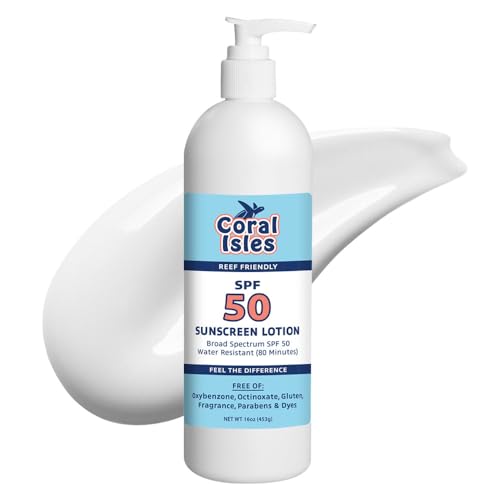I am glad to see the zeo folks still participating in this thread. I like the way it has developed so far.
Thier are still a few msyteries to this system, and I dont think we will find out all about them as I am sure the inventor wants to protect his patents, which is what I would do.
The zeolites?? This one I am still not sure about. From research, various conversations and this thread I think thier exact purpose is still up in the air. I see two possibilities. One is that it is a zeolite That no bddy has found out yet that does have some kind of ion exchange properties. The arguement against that is that it is a natural process for ion exchange to be very rapid until the ion exchange is depeted. This would make the zeolites only function for a short period of time before being exhausted. The counter arguement is that that zeolites are covered in bacterial biofilm that inhibits the ion exchange, but does allow it at the point of when the zeolites are shaken in the reactor. This process grinds the zeolites against each other exposing portion of it, and thus short limited bursts of ion exchange. I can buy both arguements so far.
The other scenerio would seem to have more to do with the crystal structure of the zeolite. Although to the eye it seems to be pourious its not designed for bacteria to penetrate its pours (or at least from what I have seen so far) this would mean that bacteria would colonize the exterior surface and form biofilms to live and work in, as detritus enters the reactor it would be trapped and then probibly incorporated into or on the biofilm. The shaking of the zeolites with in the reactor would seem to be able to release portions of this biofilm/detritus (I believe Mulm is the name given to this buy the inventor).
I think the idea about ozone and UV is that it is counter productive to the maintaining of an artifical bacterial population. This would be a tough one for me, so will need to find a way around it.
From my observations there's seems to be more to zeo than just limiting phosphates & nitrates. I run .02 phosphates in my system & my friend on zeo has the same levels(both tested on my photometer). Nitrates are zero. His corals are a lot lighter than than mine, almost washed out compared to mine. A better description would be pastel. We have several pieces that are from the same mother colony.
This is very important! Running low nutrients and thus realizing great coloration is not something that is confined to the use of zeovit. Having a good husbandry practice and a well set up system can do the same thing. NOW in saying that thier is a definate difference in the corals between let say my BB system and a zeovit tank. Like BigE I have noticed the pale/pastel look of simular species of sps. The difference in look is definately due to a reduction in zoox population with in the coral.
Now here I am haing a problem again and need some help. I would say that a very low nutrient system will reduce any over population of zoox with in the corals, BUT not as much as I have seen displayed with in the corals shown by zeofolks. Zoox takes care of suppling up to 85 to 90% of the energy budjet of the corals, even using good lighting and crystal clear water you are not going to make the zoox more efficient at what they do. You still need a certain population base in order to meet the corals needs. In looking at the zeocorals (wow we are inventing alot of neat names here, lol) I dont see a population that would seem good enough to support them. So your corals are all dead


or you are manipulating the percentages of food/energy source the corals are recieving. Example: in reducing the zoox input of food you are lowering the percentage of intake via light source (so say from 90% to 65%, just throwing out numbers) and are making up for it via this bacteria overload and physical capture.
This would explain why folks have had trouble coming off the system???? and the fact it takes a while for the results to show whn first starting the system??
Lets talk about this a bit more and try to look for some pros and cons to this idea
Mike


































































